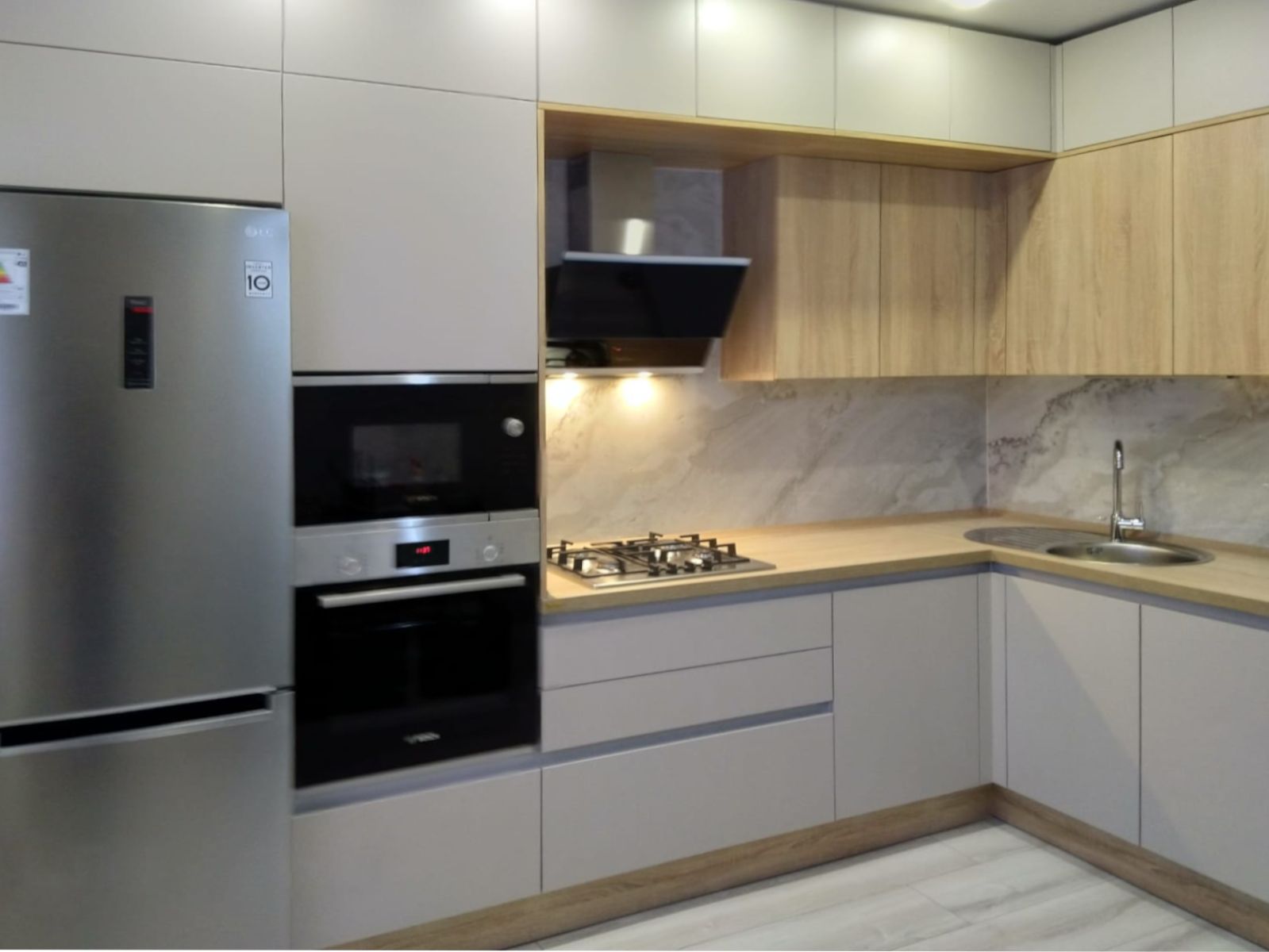
Revolutionizing Culinary Spaces: Embracing Modernity in the Kitchen
The Rise of Smart Kitchens
Advancements in technology have ushered in a new era for the heart of the home: the kitchen. Smart kitchens, characterized by IoT (Internet of Things) integrated appliances, are at the forefront of this transformation. Home chefs can now access countless recipes online with a simple voice command or remotely monitor their oven temperature using a smartphone app. This digital integration streamlines the cooking process, making it more efficient and user-friendly. As a result, smart kitchens are reshaping the culinary landscape, enabling cooks to leverage technology to refine their craft.
Optimized Layouts & Modular Designs
Modern culinary spaces are not just about technological integration; they are also about optimizing layouts to enhance functionality. The rise of modular kitchen designs allows for a customizable approach, where homeowners can tailor their cooking spaces to their needs and preferences. These flexible systems cater to compact urban dwellings and expansive homes alike by enabling individuals to reconfigure their workspace as needed, whether to accommodate larger gatherings or to streamline daily meal preparation.
Sustainability Takes Center Stage
Environmental consciousness has become a critical factor in the evolution of culinary spaces. Energy-efficient appliances, sustainable materials for countertops and cabinetry, and waste-reducing practices are increasingly common in modern kitchens. These sustainable choices resonate with the growing audience of eco-minded consumers who seek to reduce their carbon footprint even as they experiment with new recipes and culinary techniques.
Aesthetic Meets Function
The aesthetics of kitchen design have also undergone a significant shift. Sleek lines, minimalist styles, and a mix of textures are now combined with ergonomic considerations to create spaces that are both beautiful and practical. LED lighting and the use of natural light are particularly favoured for their ability to create a welcoming ambiance while also conserving energy. The intersection of form and function is a hallmark of today's culinary spaces, which prioritize usability without compromising on style.
The Social Kitchen: Cooking as an Experience
Culinary spaces are increasingly becoming hubs of social interaction. Open-plan layouts that merge the kitchen with living and dining areas support this trend, as they facilitate conversation and communal experiences tied to food preparation. This concept has given rise to the "social kitchen," a space primed for cooking demonstrations, interactive dinner parties, and family gatherings. The kitchen is no longer just a place to prepare food; it's a venue for memory-making and entertainment.
Conclusion: Kitchens of the Future
As we look ahead, it's clear that the evolution of culinary spaces will continue to align with technological advances and changing social dynamics. From futuristic appliances that can assist with every step of the cooking process to designs that respond to our desire for connection and sustainability, kitchens will remain at the vanguard of domestic transformation. They are no longer just functional areas but epicenters of innovation, creativity, and social interaction that reflect the changing ways we think about and engage with food.